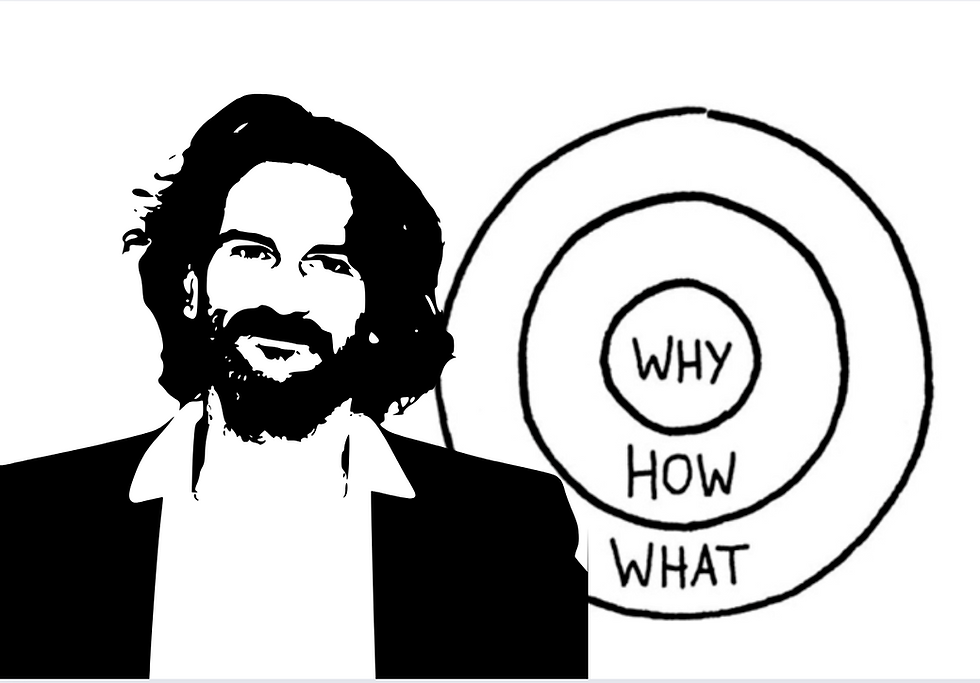Whopper Detour: Burger King’s Masterclass in Omnichannel Marketing
- Eleonora Guido
- Jul 23
- 3 min read
Have you ever been there?
If you work in marketing or advertising, chances are you have.
You’ve probably been asked to create the famous “360° campaign.” The all-channel, everywhere-at-once approach that looks flawless on paper.Let’s do a quick mental checklist:
Tagline? Done.Key visual? Ready.Maybe even a shiny 30-second hero video.
Then… chop everything into dozens of assets and launch across every possible channel—Google, social, TV, OOH.Same message, same creative. We become professional spammers, chasing our audience from platform to platform.
But is that really what makes a campaign truly omnichannel?
Spoiler alert: it’s not.
Omnichannel marketing isn’t about being everywhere. It’s about designing a consistent, meaningful experience that follows your audience wherever they choose to meet you—whether scrolling Instagram or walking into your store.
And Burger King’s Whopper Detour campaign is the perfect example.If you haven’t heard of it, stop what you’re doing and read on.
Whopper Detour: Not Just a Campaign—an Experience
December 2018.Burger King announces an offer that sounds more like a prank: get a Whopper for 1 cent.
But there’s a twist:To unlock the deal, you had to be physically within 600 feet of a McDonald’s—and activate it via the Burger King app.
Once triggered, the app guided users step-by-step to the nearest Burger King to redeem their Whopper.
Brilliant. They turned McDonald’s locations into live billboards for Burger King.
But this wasn’t just a provocation—it was an iconic example of digital and physical integration done right. It was bold, playful, and unforgettable.
What Did They Achieve?
Not bad for a campaign that made people work to get their discount.
Why Did It Work So Well?
Because Burger King didn’t try to be everywhere—they aimed to do better.Each channel—digital or physical—told the same story, with one clear objective, executed through a fully integrated strategy.
Let’s break down the winning ingredients:
1. Technology That Serves the Idea
Geofencing, AI, GPS—all cool tools.But here, they weren’t used for novelty.They served a clear purpose: to power a narrative and support user experience.
2. A Seamless Experience
The journey began in the physical world (being near a McDonald’s), shifted to digital (via the app), and looped back to the real world (picking up your Whopper).Flawless. Coherent. Clever.
3. Emotional Engagement
This wasn’t just “get a burger for cheap.”It was a challenge, a game, a story to tell.People shared it on social media, turning it into organic buzz—at no extra cost to the brand.
4. Friction Was Part of the Fun
Making users go out of their way—physically—might sound risky. But it worked.The extra effort made the reward sweeter.Friction became part of the fun.
5. Turning the Competitor Into a Tool
Instead of ignoring McDonald’s, Burger King made it the centerpiece of the campaign.They hijacked their rival’s presence and transformed it into a strategic lever.
Genius.
The Lesson: Digital and Physical Are the Same Now
Today, the line between online and offline is gone.Every interaction—website, app, store—reinforces the others.A truly integrated experience builds trust, consistency, and brand value.
So, Was This Really an Omnichannel Campaign?
Here’s the trick question.Was this a true omnichannel strategy or simply a brilliant phygital stunt?
Maybe it doesn’t matter.
Because what really made Whopper Detour unforgettable wasn’t being everywhere.It was about choosing the right touchpoints, with the right message, at the right moment.
And that’s the true secret of a campaign that leaves a mark.




Comments